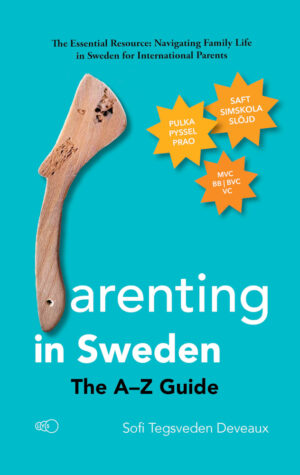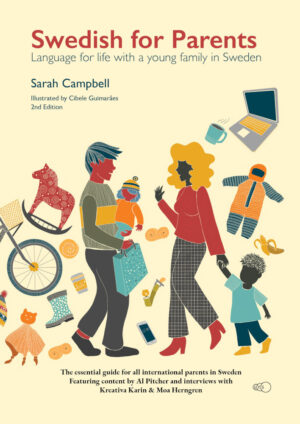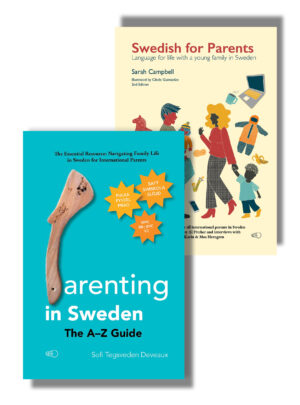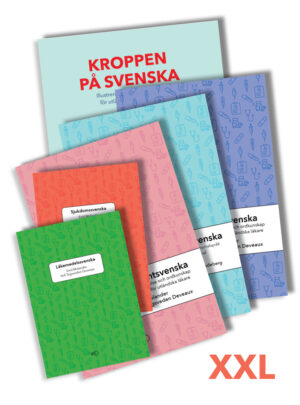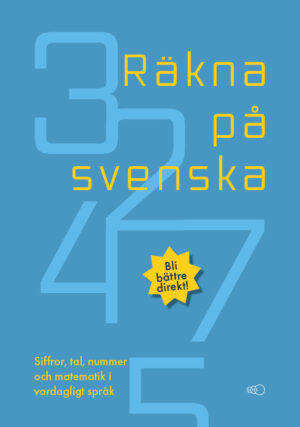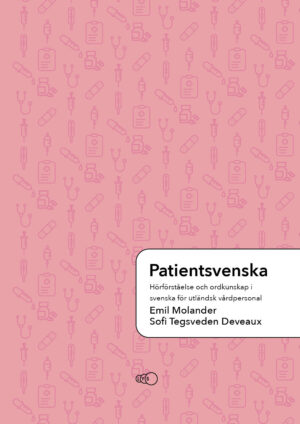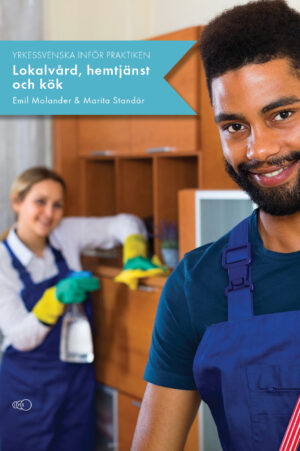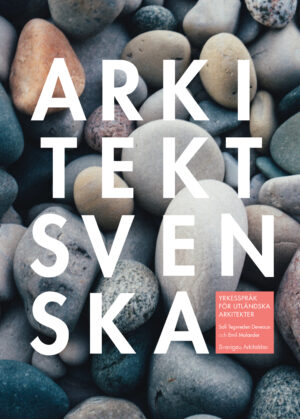It could be in the middle of the night – it is dark enough, and you are dead tired. But it is eight in the morning, early December, and you are in Sweden. You cannot remember why you chose to come to this place, but here you are, standing on a cold and wet platform, waiting for a train that seems never to come. You will be late for work, unless you freeze to death beforehand. To make things worse, you are surrounded by tall, blond, smart-phone Vikings, who seem completely unbothered by the weather. Is it a genetic thing, that Scandinavians do not feel the cold, or do you get used to it with time?
The answer is neither. We are just better dressed than you. Actually, Nordic people are (arguably) even more sensitive to cold weather, and are always concerned with keeping themselves warm. This is good news, because this means you can put an end to the freezing. The bad news is, it is going to cost.
Regardless lacking any interest in fashion, I will guide you through the Swedish way of staying warm and dry, looking smart for the office, and spending a fortune.
Good shoes are an absolute necessity.
You have probably figured out that shoes that are suitable for the below zeroes will not make your feet happy in your 23-degree hot office. And you will not feel good leaving wet snow marks on the floor. The solution, in Swedish, is called inneskor, that is indoor shoes. You simply bring a nice pair of ‘summer’ shoes, keep them in your office, and get changed for them as soon as you arrive in the morning.
Remember, that if you visit someone in their home, you are expected to take off your shoes as soon as you enter. Make sure you wear nice socks! On formal occasions, you keep your shoes on (in summer), or get changed into inneskor, again (winter). Swedes are very concerned about their interior, and will probably not be happy to see you wearing stilettos on their 1940’s parquet.
How do you make it to work in -15 and then spend the whole day in the indoor climate of +23 degrees?
The answer is layers. You can either wear your normal office clothes as usual, covered with a down jacket and matching trousers, or a set of thin woollen t-shirt and leggings underneath your office outfit.
Personally, I prefer the latter. This way I can look smart also outside the office, which suits my type of work. As soon as I arrive at my office – or a client’s – I remove my innermost layer in the bathroom! This layer is preferably of thin wool, which is breathable, keeps me warm, and takes little place rolled up in my bag. Investing in good quality is vital. Cheap wool tends to be very itchy.
Accessorize wisely
You know that cosy-looking beanie that you bought last week for quite a good price? This one will not suffice more than a plastic bag when it is -2 degrees Celsius and raining, let alone a clear February night with temperatures going under the -20’s. Why? Because it is made with acrylic (more or less a plastic bag). You will need to invest in a woollen beanie, I suggest one lined with fleece, to keep out the wind. If you have very sensitive ears, you should maybe look into one of the professional-looking ones with waterproof exterior, fluffy inside, and earflaps. Again, a trip to the bathroom as soon as you arrive to the office is required. Bring a comb.
Mittens or gloves are also a necessity. I have a passion for handknitted mittens in bright colours, but they might not be looking so professional. A pair of leather gloves lined with wool would definitely give you a sleeker look.
Have I mentioned wool?
Accessories aside, a few nice merino jumpers is a great investment. Just remember not too wash woollen garments too often. Instead, hang your woollen clothes on the balcony over night, or over a radiator, and they regain their freshness in a matter of hours.
The most painful investment will be your winter coat.
There are many seemingly affordable down jackets on the market. They will keep you warm; beware, as long as the weather is dry. With a bit of rain (which I am sorry to tell you, makes up half the winter in southern Sweden, including Stockholm), the material will be soaked within minutes, losing all its thermal insulation properties. And remember that snow melts, if you go inside a shop, or take public transport. Do your homework and find out what materials are waterproof. They change names every two years. Make the investment.
Stick to your budget
This will cost you quite a bit of money. Actually much more than you ever imagined you would spend on clothes (fashionistas excluded). Therefore, I strongly recommend second-hand clothes shop. Buying your clothes second hand is perfectly acceptable, even trendy, amongst Swedes. As Sweden is a trend-sensitive consumerist country, people change clothes often, and garments you find in second hand shops are often virtually unused.
Why do Swedes wear only black in winter?
One of my favourite pastimes is standing at the top of Drottninggatan looking down on the people-ants walking around between the shops. And I count people who are not wearing black. They are not many. The reason? You know the feeling when you woke up, one hour before arriving to the train station? Did you feel like getting up, going to work? Did you feel like matching colours in a creative fashion? Did you even feel like checking you outfit in the mirror. The answer is safe. Black goes with black.
© Sofi Tegsveden Deveaux, 2015


